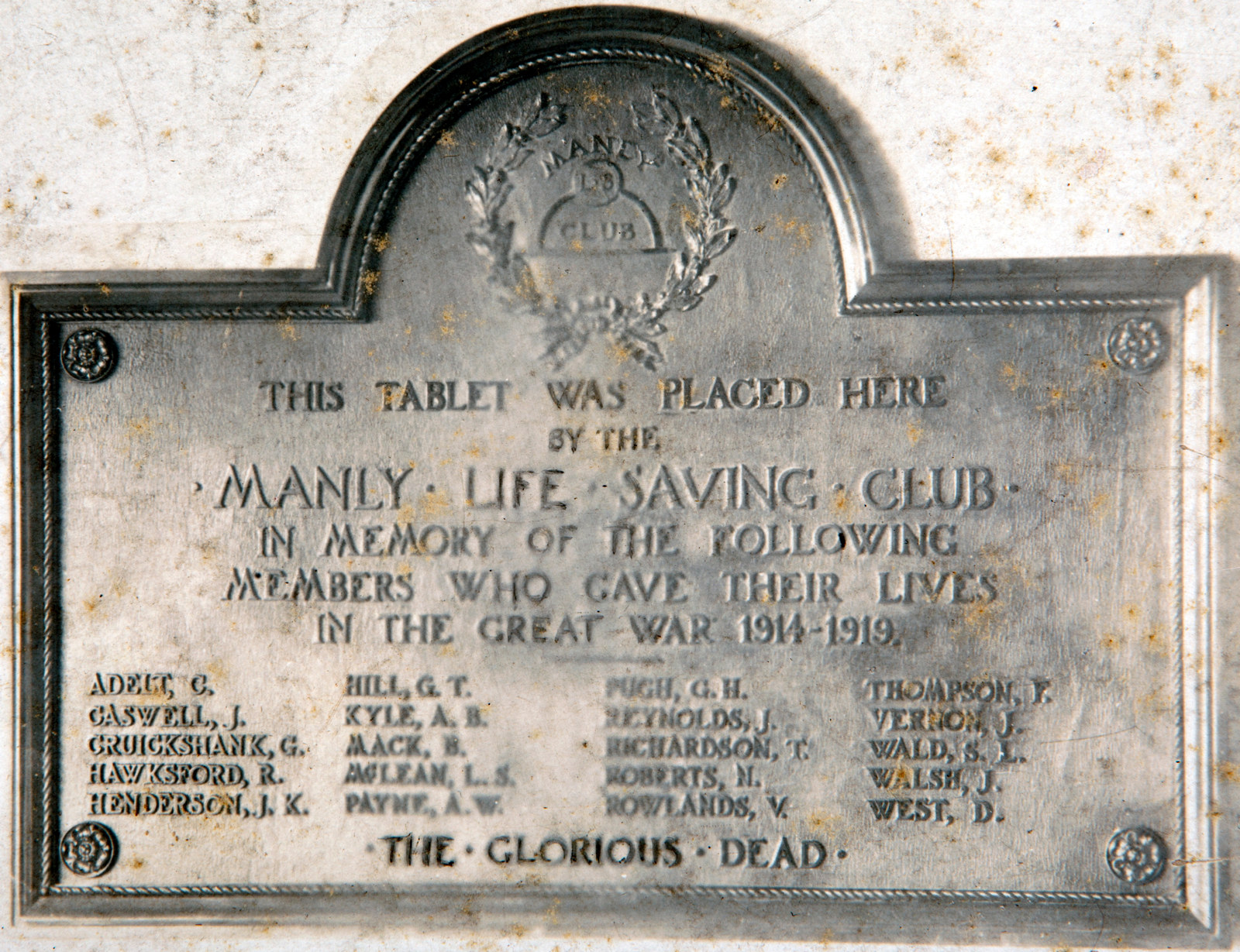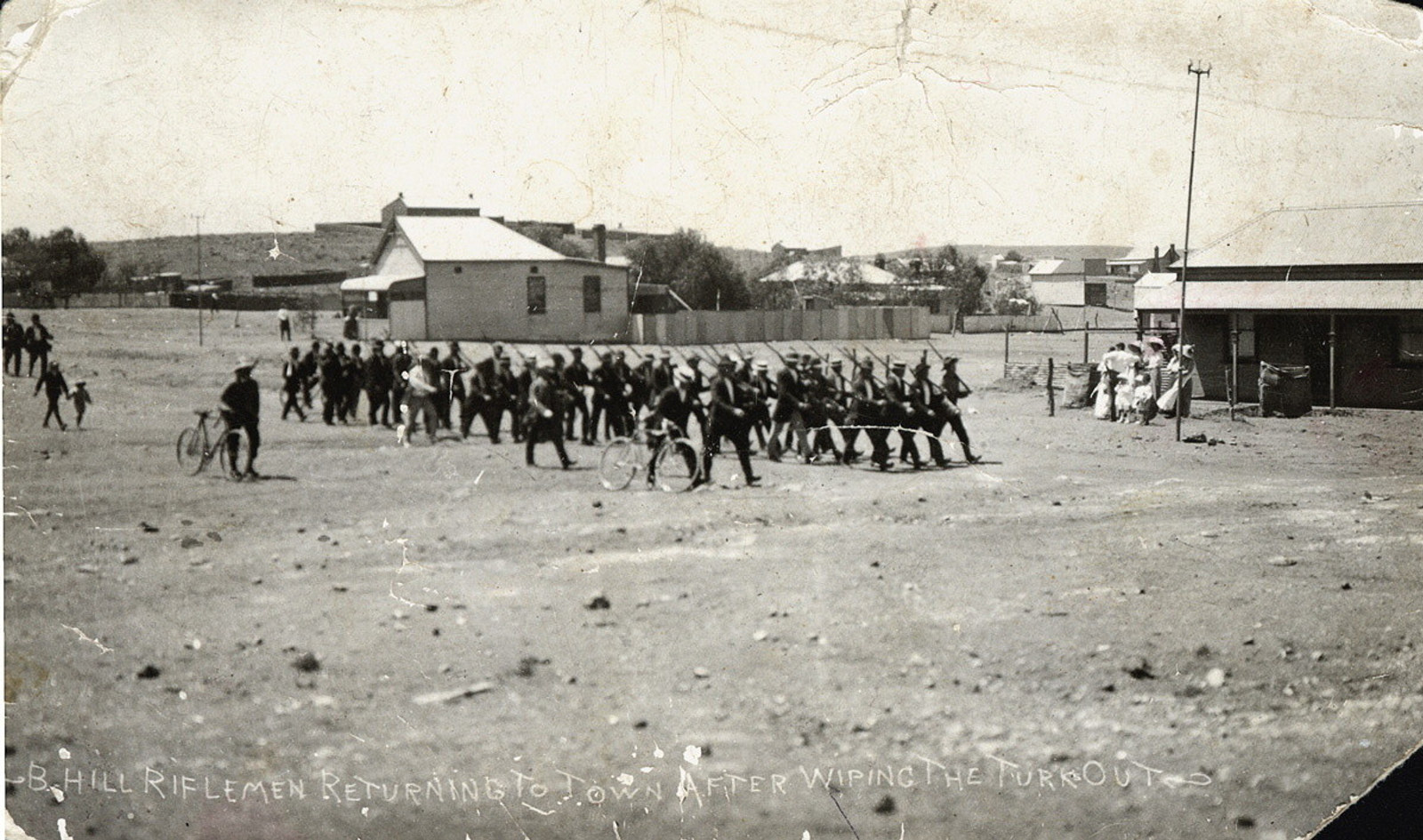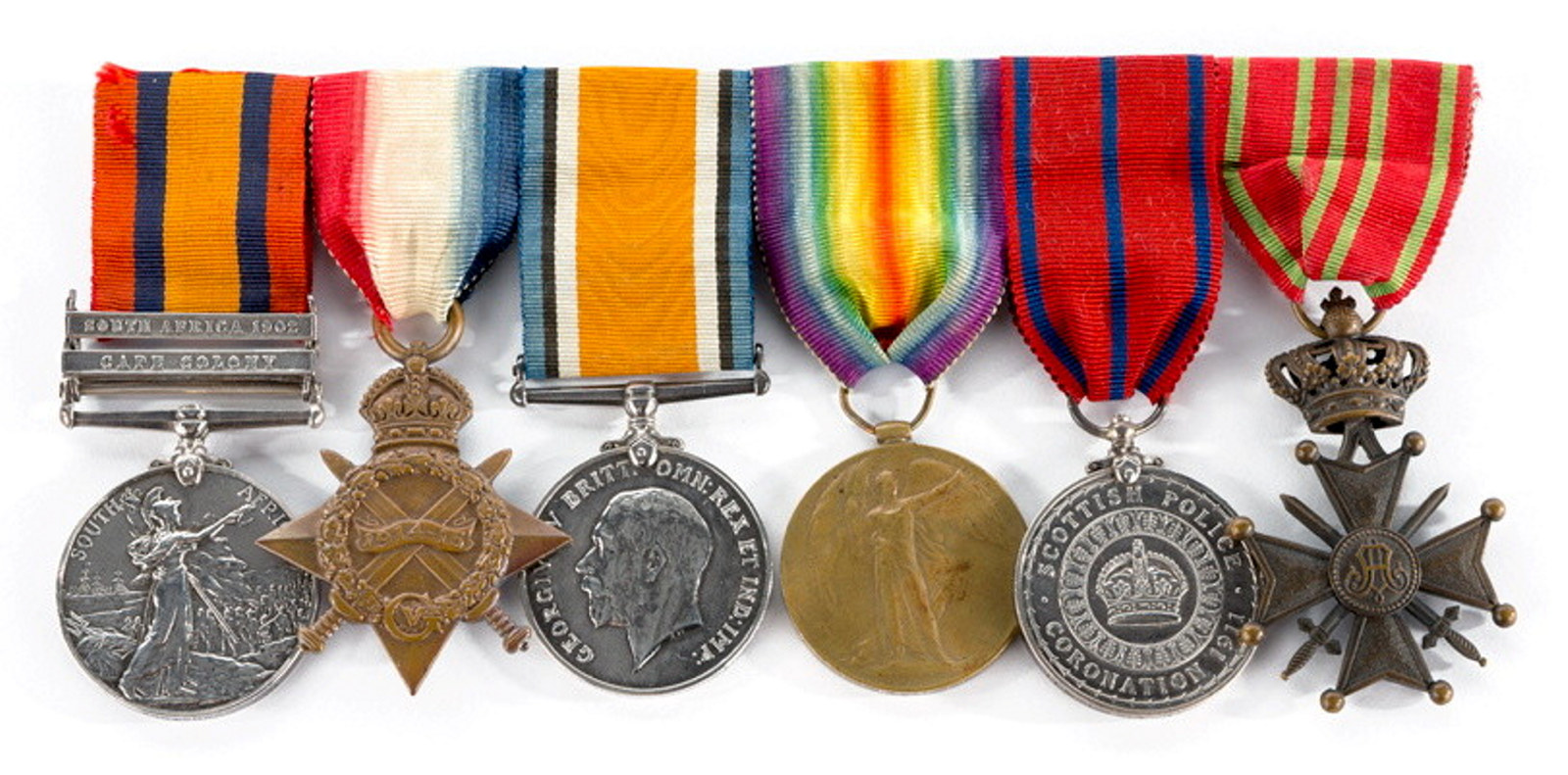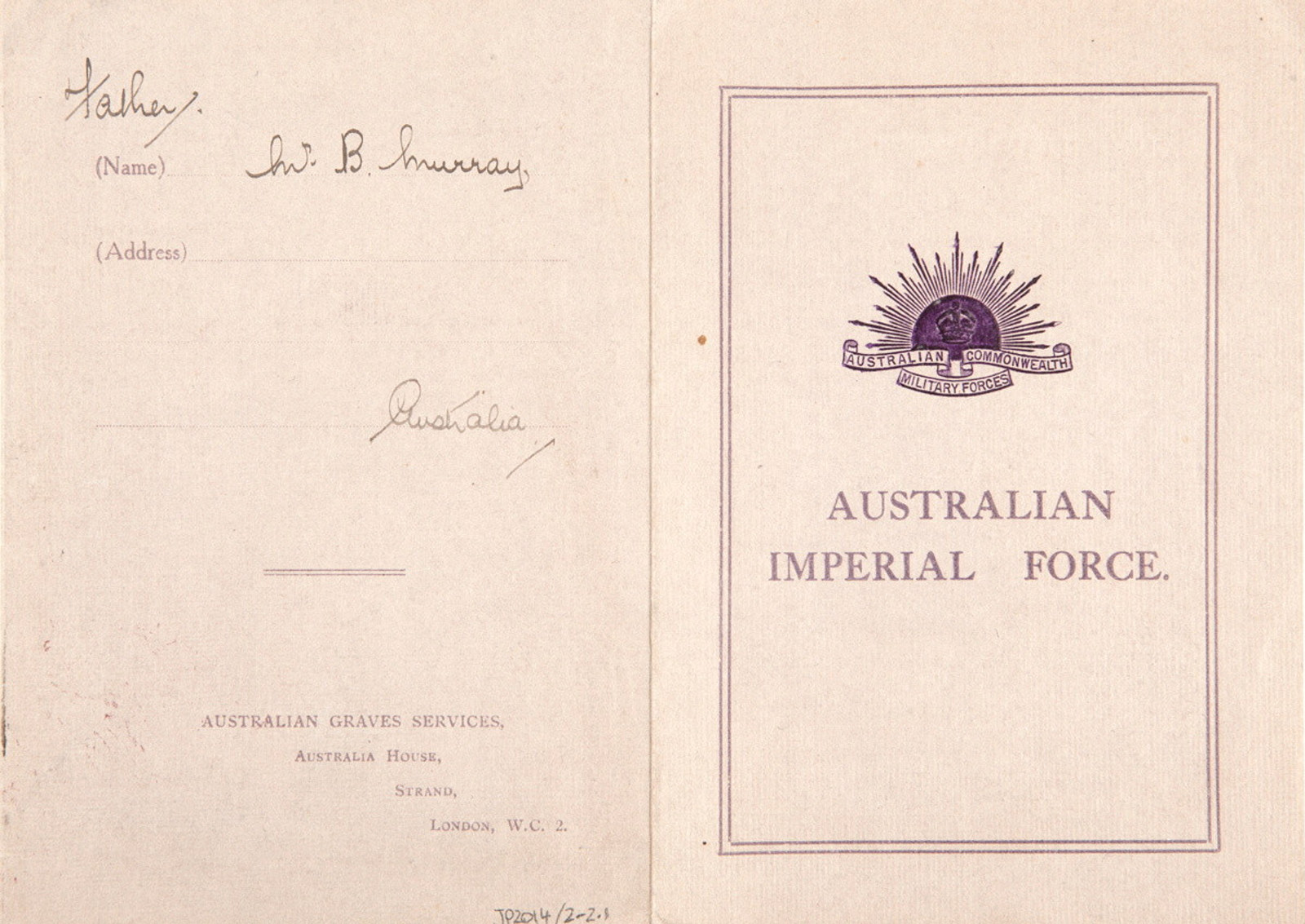Found On The Beach At Anzac Cove 50 Years Ago
In 1968 a young New Zealand couple, Bruce and Jan Rosemergy, on a grand tour of Europe – complete with an Austin Minivan – arrived at Anzac Cove, Gallipoli.
As the Rosemergys stood on the narrow strip of sand below the towering cliffs, with the placid and glistening Aegean Sea stretching out beyond, they were struck by the power of the place and its sacred associations for many Australians and New Zealanders. Gallipoli in the 1960s was very different from the place it is today. Access to the area was restricted, and signs of the fighting and its aftermath, such as trenches and relics, were still evident.
‘The events of 1915 became even more touching, tangible and personal for us when we found and retrieved a metal strip lying in the sand’, Bruce and Jan recall. The strip was inscribed 32. TPR. MURRAY. V.W. 6TH. They souvenired the small war relic and tucked it safely away.
When they returned to New Zealand in 1970 they tried to locate a family member of Trooper Murray using New Zealand and Australian archives. However, their search proved fruitless. With the advent of home computers in the 1990s they searched once more – to no avail.
More than 20 years later, on 12 March 2018, the couple rediscovered the metal strip still carefully preserved in a drawer. They searched online again, googling ‘Trooper V W Murray Gallipoli’. The first link that came up was to the Sydney Living Museums (now Museums of History NSW) website. With ‘relief and excitement’, the Rosemergys finally learned the story of V W Murray.
The very poignant short article, written by Edward Washington in 2017 as part of the centenary project exploring the impact of World War I on people connected with our historic houses and places, tells of a young probationary police trooper named Vernon William Murray who enlisted in the 6th Light Horse in September 1914.
Murray died in a scrubby gully at Gallipoli on the afternoon of 22 May 1915. He was buried at sunset, in what we now know as the Beach Cemetery. The army chaplain who conducted the service wrote to Murray’s parents:
It was an impressive service in a beautiful place close to the beach ... a good many men of his regiment present & they were deeply affected ... we are marking the grave with a wooden cross. That is all the facilities we [have] at present as the beach is still under fire.
Among a small collection of records relating to Trooper Murray held in the Justice & Police Museum is a photograph of the original wooden cross placed on his grave, showing a metal strip carrying his name, rank and regiment.
For Bruce and Jan, the online story finally bridged the gap between events a century ago, and the small metal strip they had picked out of the sand in 1968. They posted the precious relic to Sydney Living Museums, and followed up with an email:
We are thrilled that the grave marker has arrived safely after all this time – almost fifty years since our discovery and our wondering about this soldier and in time for the 2018 Anzac Day. We really are very thrilled with the knowledge you have shared about Vernon Murray and the respect you are all showing him in your research and display – he has become very real to us.
Published on
More

WW1
Commemoration
Hear the poignant personal stories behind battlefield grave markers in Egypt, France and Gallipoli, as well as the stories behind workplace honour rolls, one of the most common, but often hidden, forms of war memorial in Australia

WW1
Enemy Within?
These stories explore the threat to Australia from within, from the identification of a section of the population as ‘enemy aliens’ to the formation of the jingoistic Anti-German League, and the radical ideology and activities of the Industrial Workers of the World (IWW)

WW1
War Service
From the shores of Gallipoli to the sprawling Western Front, the stories told here reveal the powerful war experiences of ordinary soldiers. Some were decorated for bravery in the field, while others made the ultimate sacrifice

